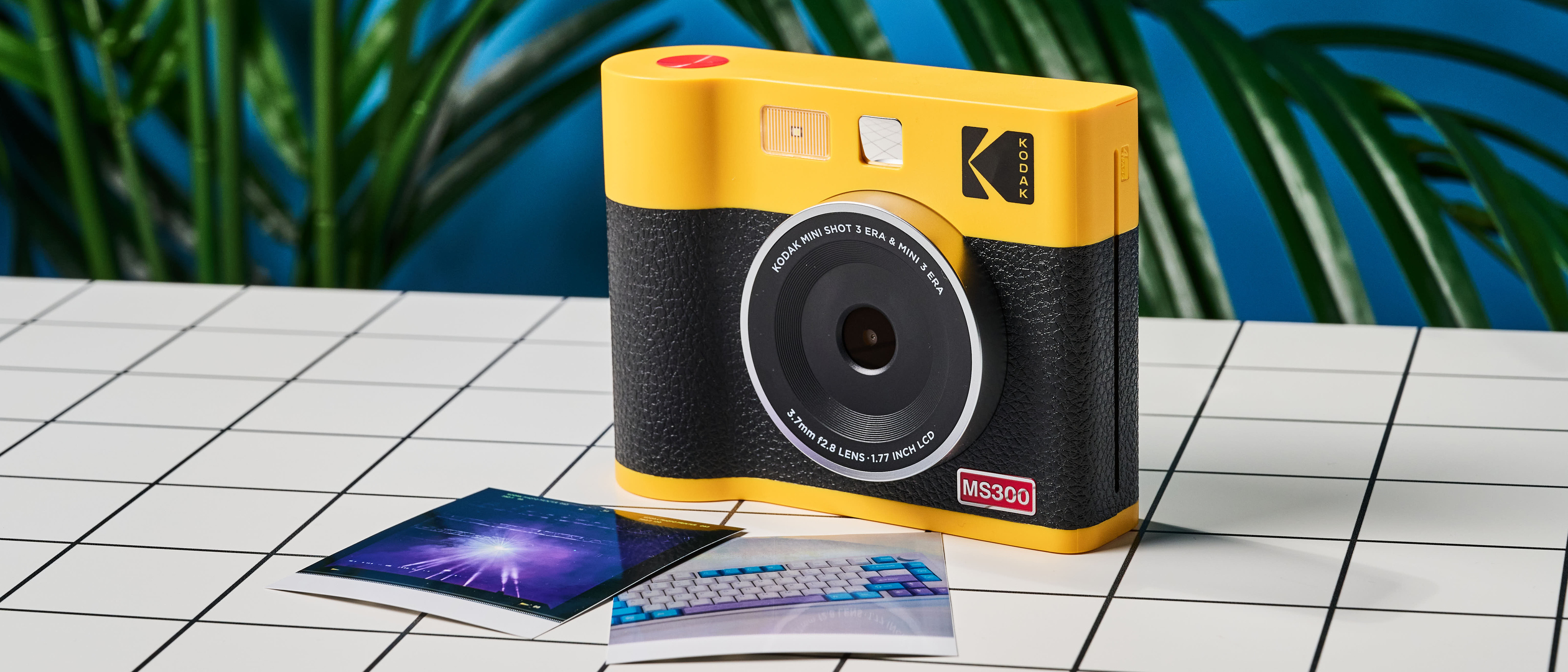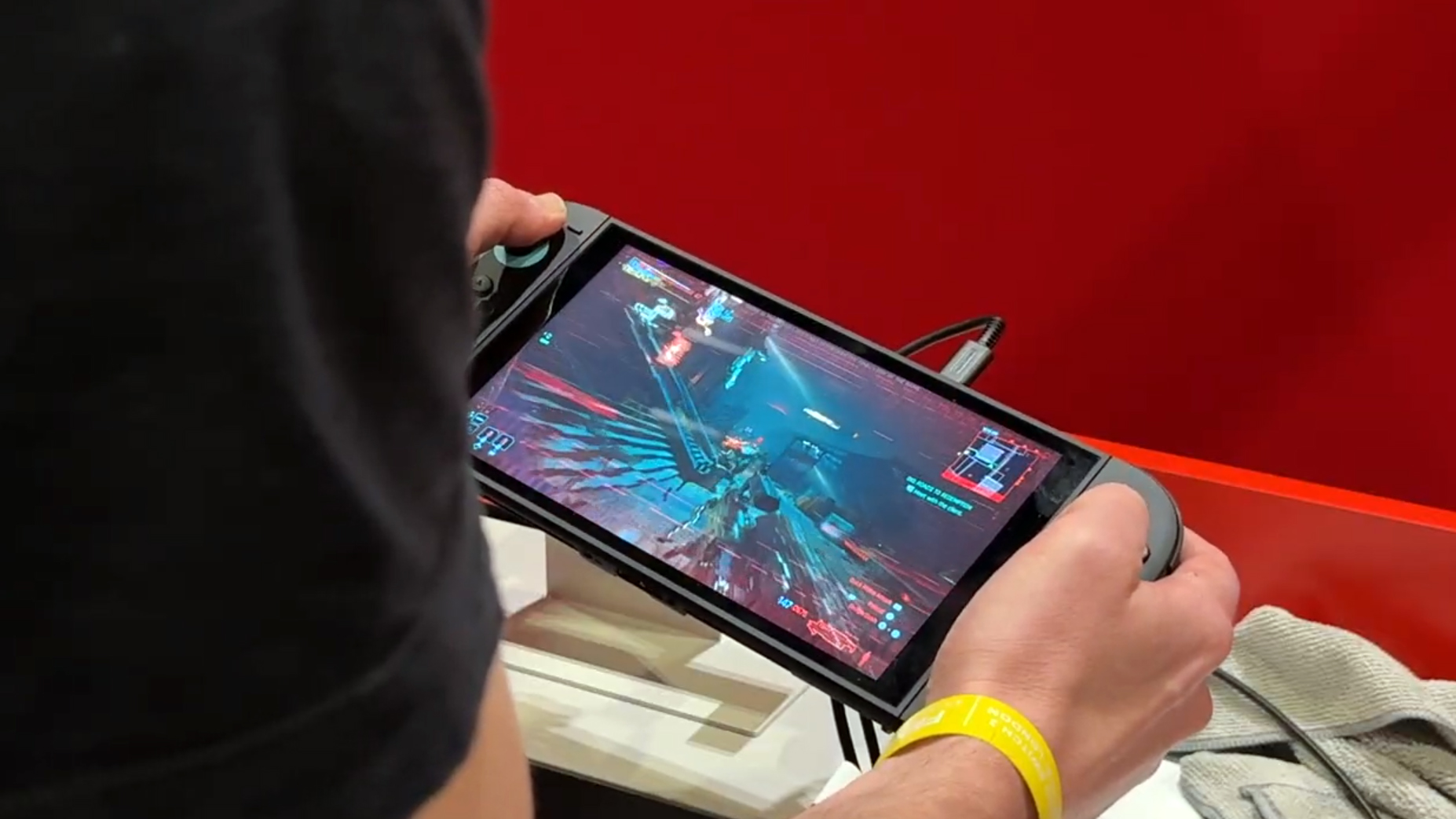Tom's Guide Verdict
The Kodak Mini Shot 3 Era is a 2-in-1 instant camera and printer featuring face detection and autofocus. Despite its affordable film, the camera has some critical flaws. It shuts down while warming up, the LCD screen is too small, it’s noisy and cheap-feeling, and after all that the prints disappoint.
Pros
- +
Monochrome filter works really well
- +
Autofocus and face detection
- +
Print directly from your smartphone
- +
Comfortable to hold
- +
Very cheap film
Cons
- -
Shuts down while warming up
- -
LCD screen is too small
- -
Print quality is underwhelming
- -
Images come out noisy
- -
Plasticky build
Why you can trust Tom's Guide
Instant cameras have become increasingly popular, offering a unique way of capturing memories in an ever-evolving digital landscape. It’s important to choose one of the best instant cameras to ensure you always get the shot. And if you’ve been eyeing the Kodak Mini Shot 3 Era, I’d look away. This is one camera to skip.
Why? Well, for a start, the camera shuts down to warm up the printer each time it prints. The LCD screen is also really small for a camera this size, and it suffers from some build issues. Images come out noisy and print quality is underwhelming too.
While it has a few redeeming features, none of these are worth the compromises. For the complete breakdown, read my full Kodak Mini Shot 3 Era review.
Kodak Mini Shot 3 Era review: Specs
| Specs | Kodak Mini Shot 3 Era |
|---|---|
| Price | Starts at $169 / £150 |
| Lens | 3.7mm fixed-focus lens |
| Exposure control | Automatic, ISO not specified |
| Shutter | Not specified |
| Aperture | f/2.8 |
| Flash | Automatic/Manual |
| Self-timer | Up to 10 seconds |
| Power | Rechargeable Lithium-ion battery |
| Size | 5.39 x 4.13 x 1.81 inches |
| Weight | 0.85lbs |
| Film used | Kodak 4PASS 3x3" film |
| Print time | Up to 60 seconds |
| Cost per print | 29¢ |
| Colors | Black, black and yellow |
Kodak Mini Shot 3 Era review: Cheat sheet
- What is it? A hybrid instant camera and printer producing 3x3” prints
- Who is it for? For people who want to capture memories but also print directly from their smartphone
- How much does it cost? The Kodak Mini Shot 3 Era is available as a bundle only, starting at $169 / £150
- What do we like? It’s comfortable to hold, easy to use, comes with a monochrome filter that works well, features autofocus and face detection, and the film is affordable
- What don’t we like? The camera shuts down while warming up, the LCD screen is too small for a camera this size, print quality is underwhelming, and it has a plasticky build
Kodak Mini Shot 3 Era review: Price & availability
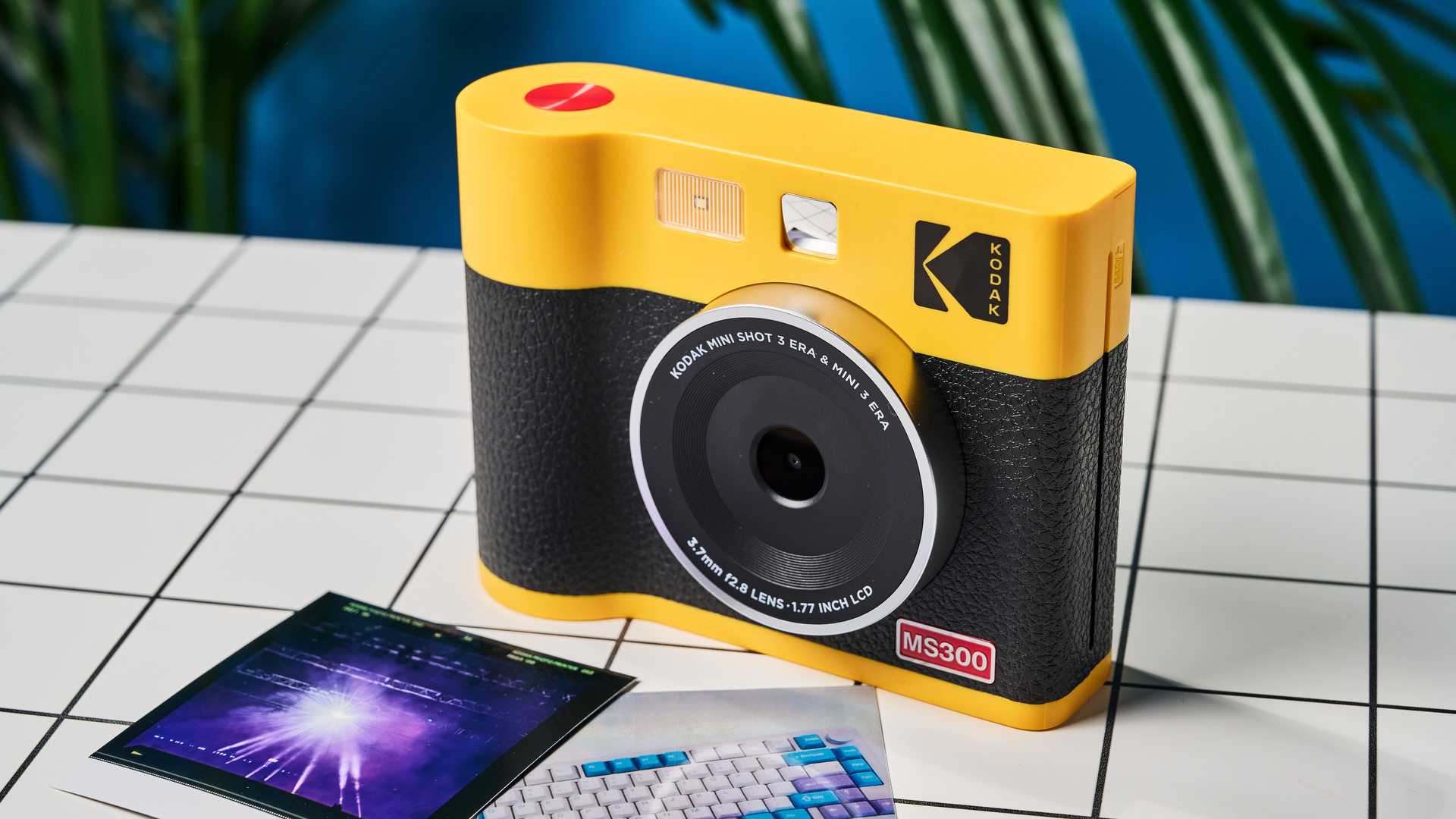
In Spring 2024, Kodak launched the Era lineup consisting of three instant cameras: the Mini Shot 4 Era ($229), the Mini Shot 3 Era in the middle, and the Mini Shot 2 Era (which is similar in size to the Mini Shot 2 Retro).
The Mini Shot 3 Era is available in two colors: black, and black and yellow. The camera with eight sheets costs $169 / £150 at Amazon, and the camera is also available from Kodak directly.
Kodak Mini Shot 3 Era review: Design & build quality
Finding the right-sized Kodak Mini Shot has made me feel like Goldilocks — the Mini Shot 4 Era is too big, the Mini Shot 2 Era is small, but the Mini Shot 3 Era is the perfect size. Measuring 5.39 x 4.13 x 1.81 inches and weighing 0.85lbs — a whole pound lighter than its larger sibling — the Mini Shot 3 Era is comfortable to hold and handle.

The smaller size also means that reaching for the red shutter button on the top isn’t difficult. It’s not as comfortable as the Fujifilm Instax Wide 400’s ($149) sculpted grip, but it isn’t bad at all.
Similar to its larger sibling, a compartment on the Mini Shot 3 Era’s underside houses the paper and cartridge tray. The camera uses an ink cartridge instead of, say, Zink paper (uses heat to create an image) used by the Canon Ivy Cliq+ ($159).
The camera is made of plastic and the front has a leather-like finish. Overall, it feels cheap to touch, and the poor build quality extends to the cartridge tray’s cover which flips open but doesn’t lock in place.
Kodak Mini Shot 3 Era review: Lens
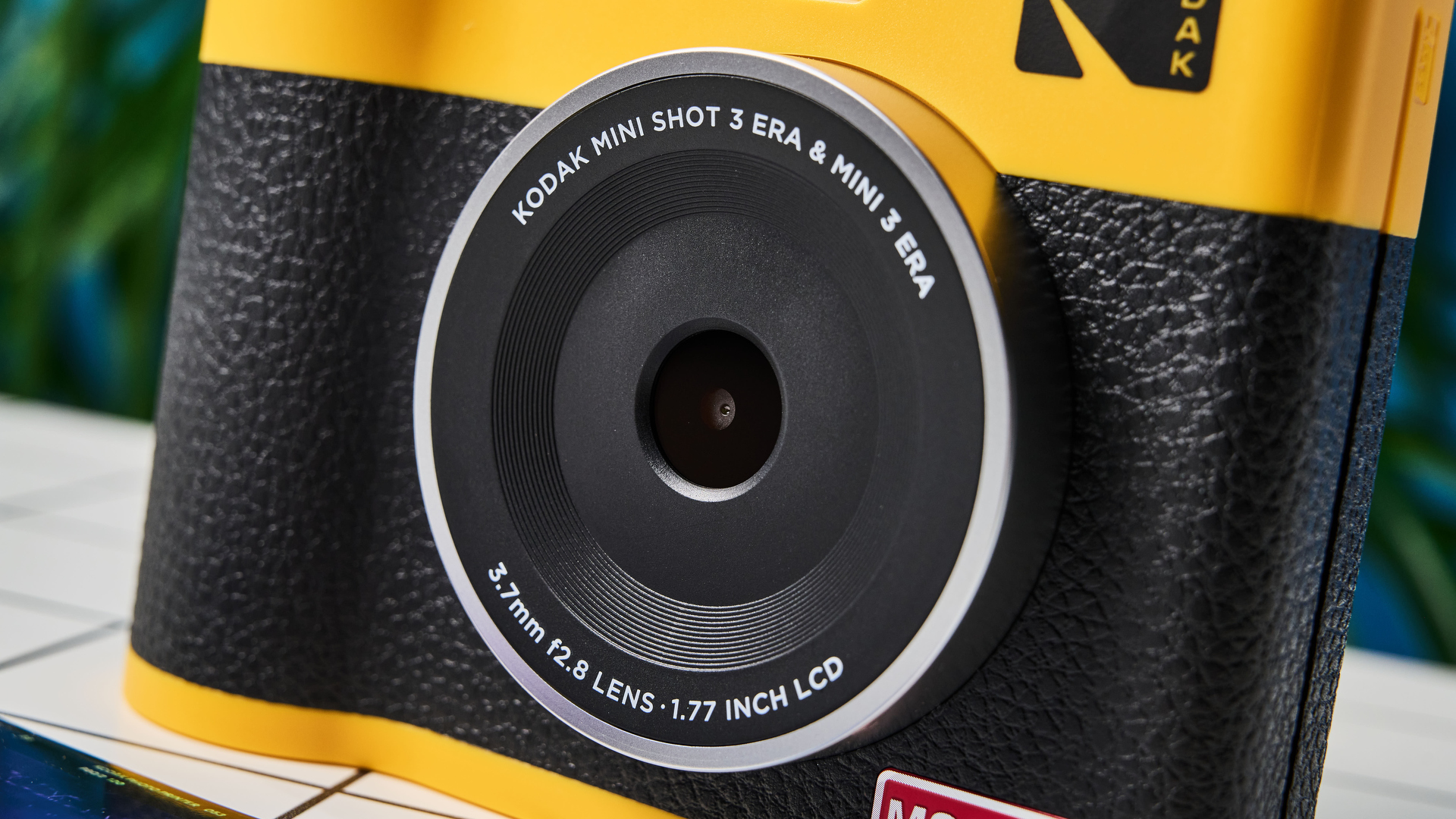
The Kodak Mini Shot 3 Era carries the same lens specs as the Mini Shot 4 Era. It’s equipped with a 3.7mm fixed-focus lens, and an f/2.8 aperture which is wide enough to achieve a shallow depth of field for tight background blur in portraits, and to aid exposure in lower light scenarios.
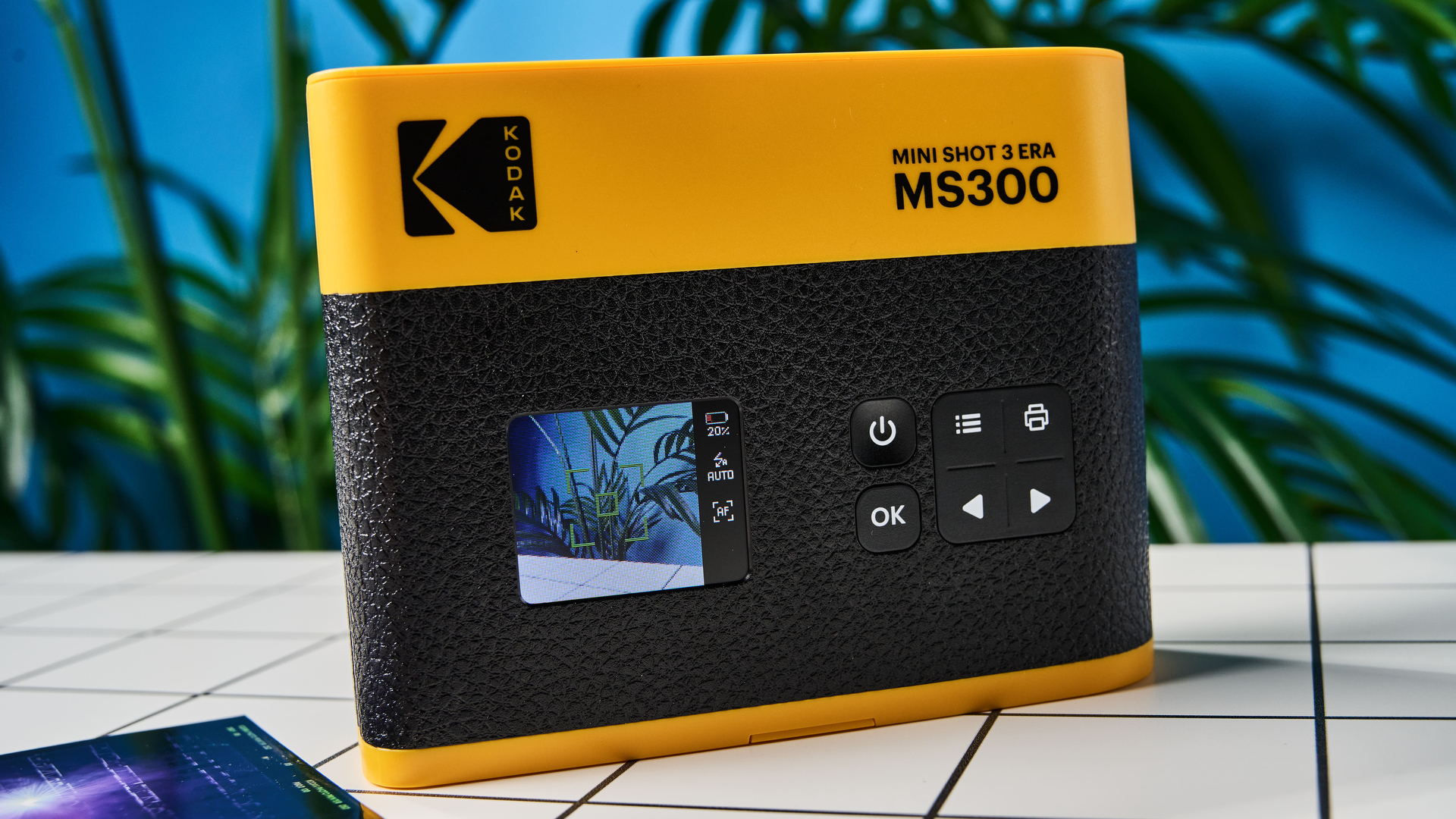
There’s no viewfinder to look through as the camera features a tiny 1.77-inch LCD monitor. What’s surprising is that the screen is the same size as the one on the smaller Kodak Mini Shot 2 Retro ($159), and I wish it was bigger so that I could carefully examine a photo before hitting the print button — the display is too small for anything but cursory checks.
Kodak Mini Shot 3 Era review: Controls
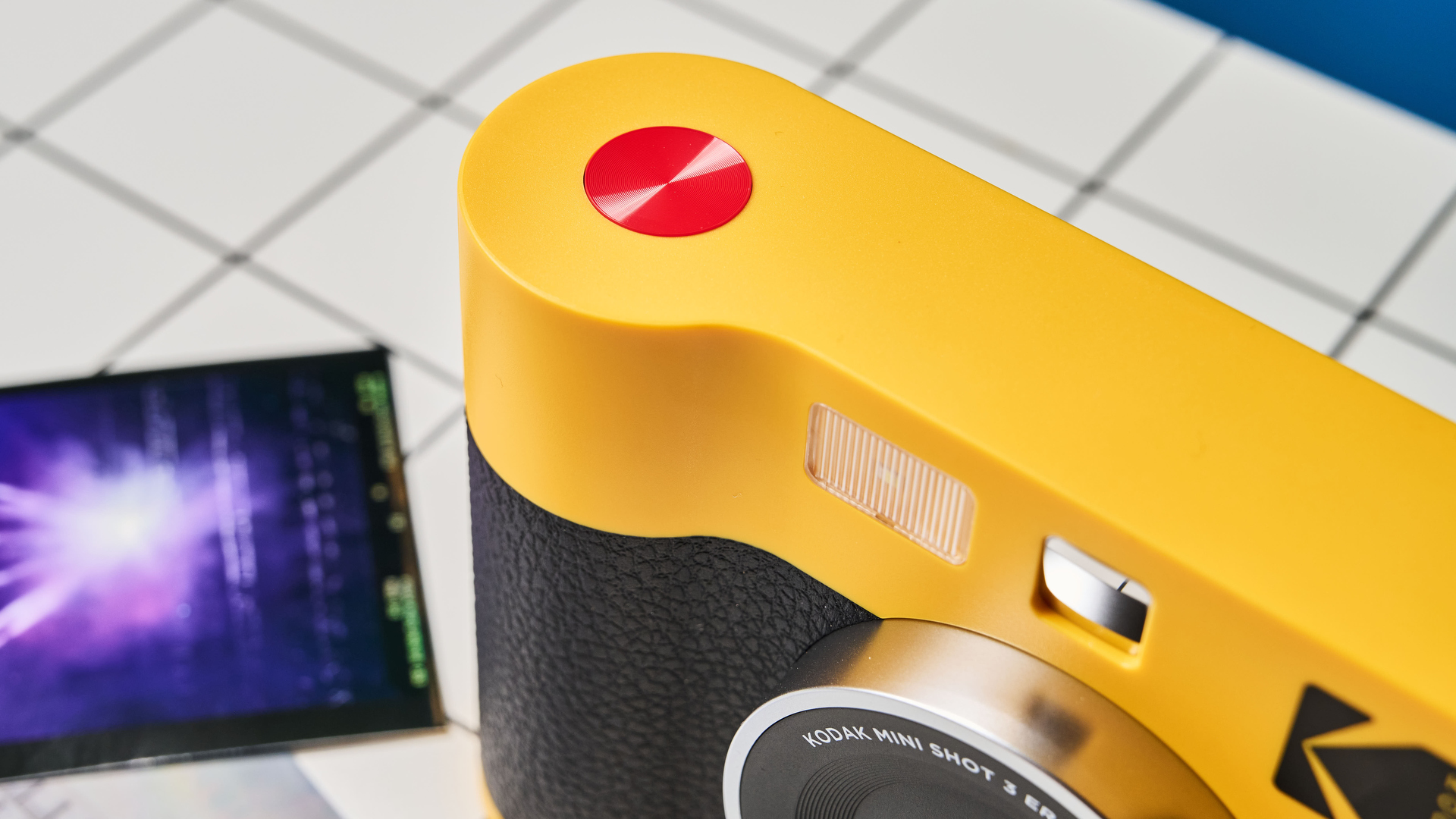
In terms of controls, the Kodak Mini Shot 3 Era has a red round shutter button on the top which has a nice tactile feel to it.
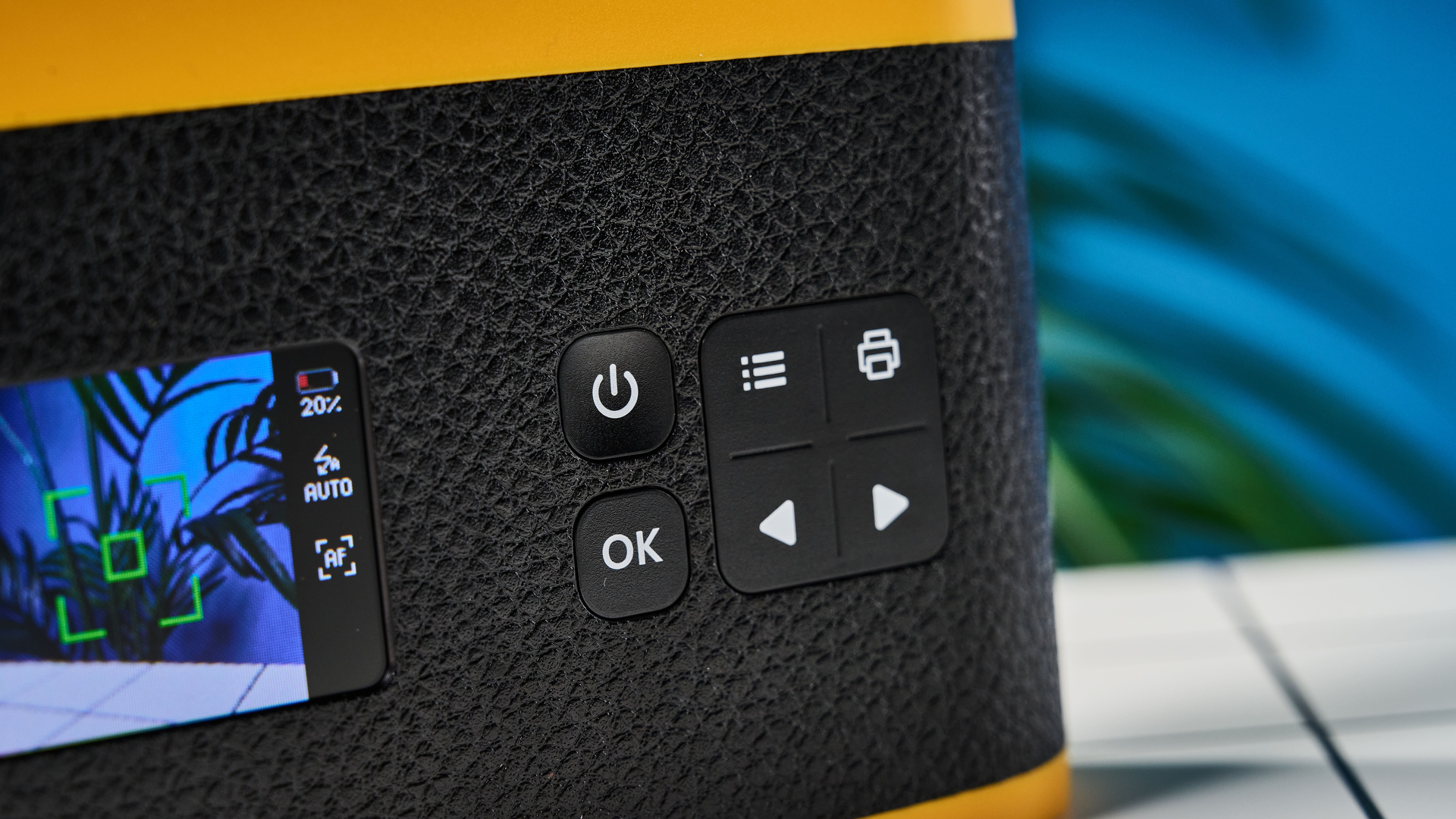
On the back are the navigation buttons to flick through menus on the LCD monitor. You can set the self-timer up to 10 seconds, turn the flash on or off, add filters or frames to your print, and of course, print.
Kodak Mini Shot 3 Era review: Image & print quality
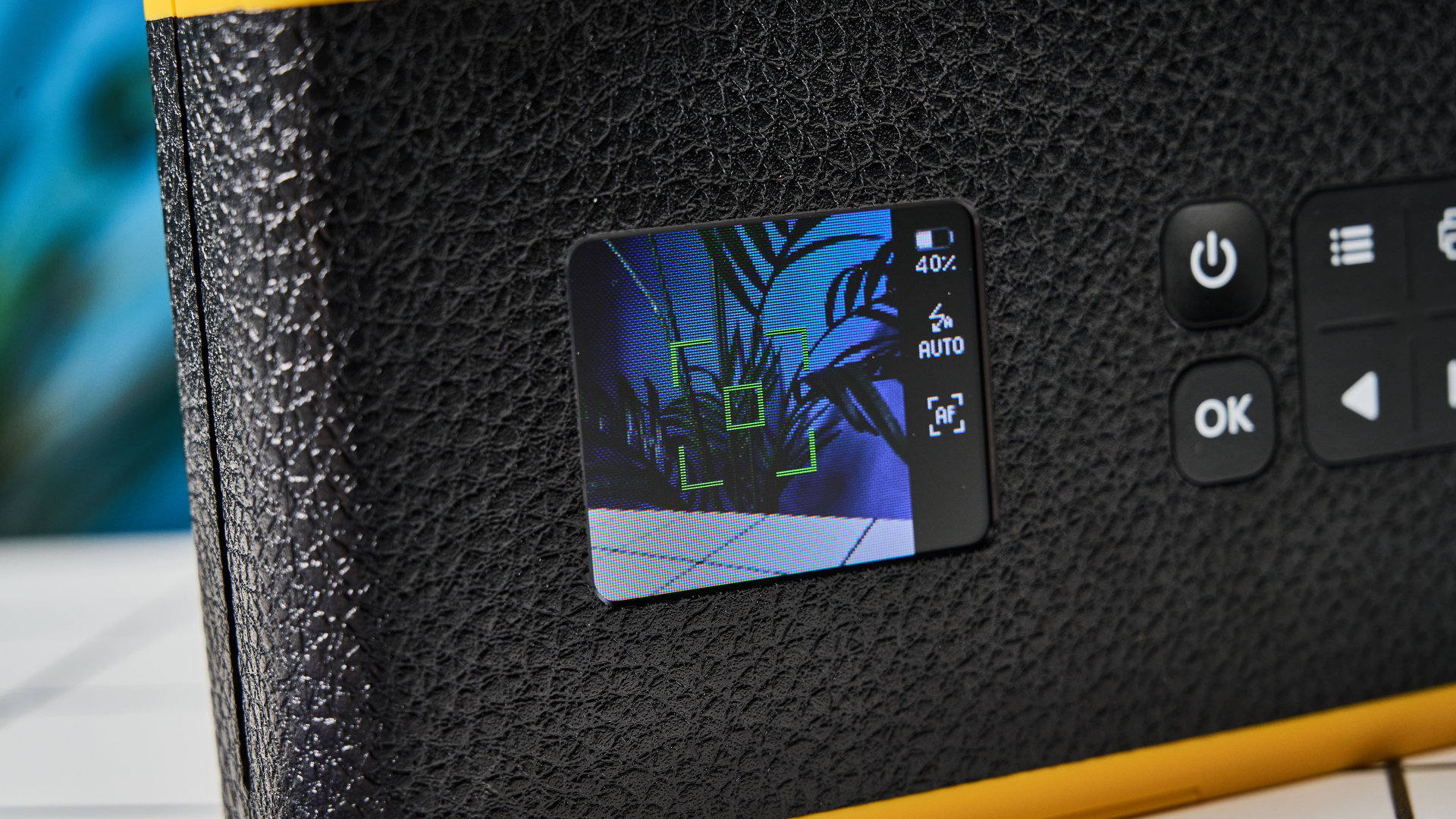
Before I dive into the Kodak Mini Shot 3 Era’s image and print quality, there’s a major flaw I need to discuss. When you turn it on after a couple of hours of downtime, click a photo and press the print button, the camera will take a minute to warm up. However, in my testing, the camera shut down in the middle of warming up, which meant I lost the photo I’d taken. This proved to be very frustrating as there were times when I’d taken a lovely photo but was unable to print it. Since there’s no onboard storage or way to transfer images from the camera to your phone, you don’t have any backups. This seems like a major design flaw as the Mini Shot 4 Era didn’t have a “warming up” screen. Such a shame.
Much like the Mini Shot 4 Era, the images produced by the Mini Shot 3 Era are underwhelming and the print quality pales in comparison to Fujifilm and Polaroid. It’s surprising because I really liked the Mini Shot 2 Retro’s prints.
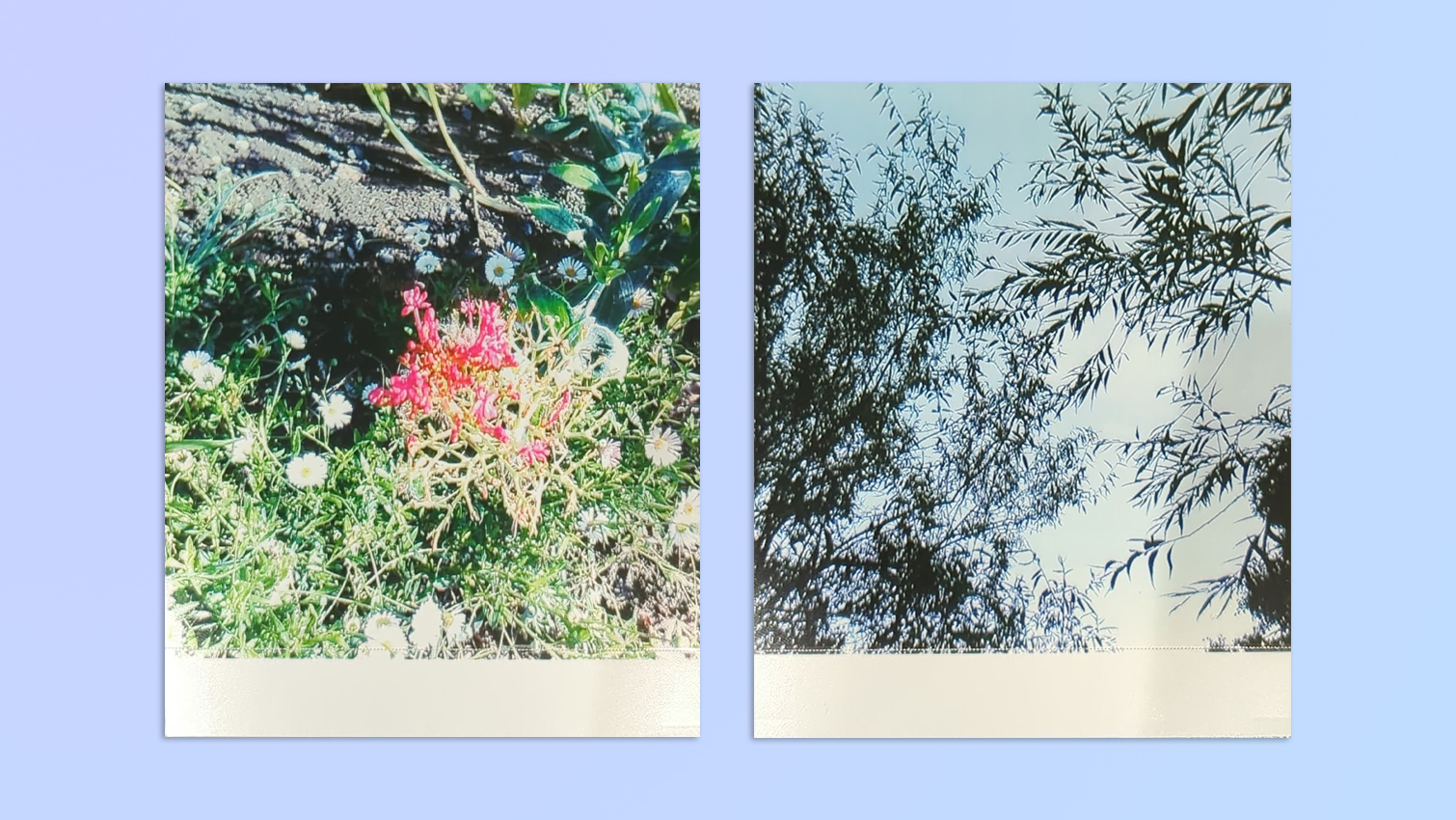
Images don’t look as sharp, as can be seen in the first photo above. While the Mini Shot 3 Era has faithfully reproduced the whites, reds and greens, all the elements in the photo — the flowers and leaves — seem to blend into one another. This is also true for the second photo, where the camera struggles to capture the individual leaves on the trees and the print starts to look like an optical illusion.
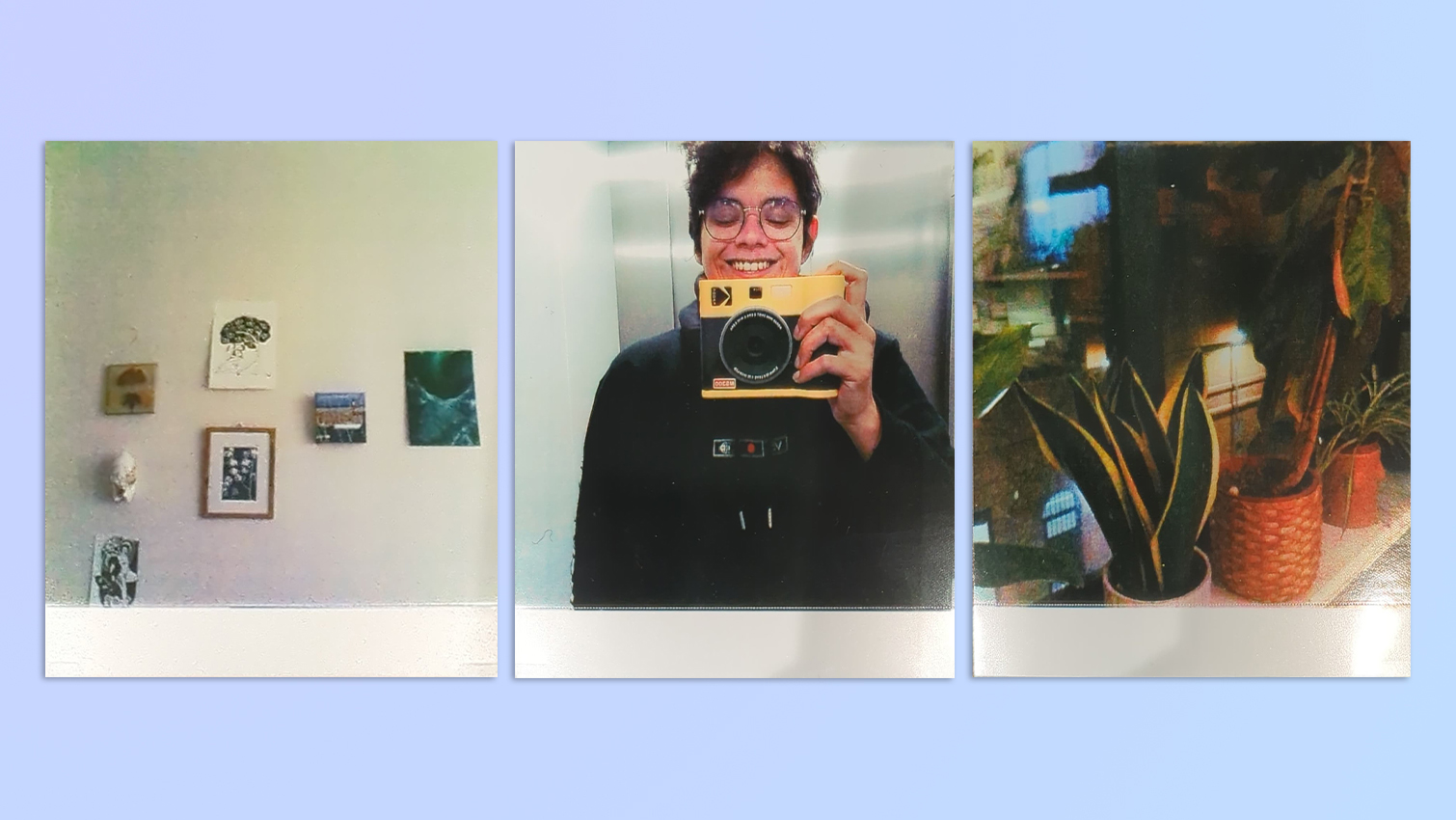
A lot of noise tends to creep into images too, as can be seen in the first photo above, which was taken during the early evening hours. Noise doesn’t creep in as much in the second photo, but the camera adds a strange red hue to my face. But at least you can see how easy it is to hold it with one hand! The red hue is also added to the plant pots in the third photo and this image has a considerable amount of noise too.

This isn’t to say the Mini Shot 3 Era doesn’t have any redeeming image qualities. I really like the photo of the fake flower (above). The shades of yellow and orange look lovely, and the camera even captures some of the weaved patterns on the petals. The camera features autofocus which works really well in these scenarios. Similarly, I like the reflection of the bridge and trees in the river in the second photo above. The contrasting shades of blue in the sky and the river turned out well.
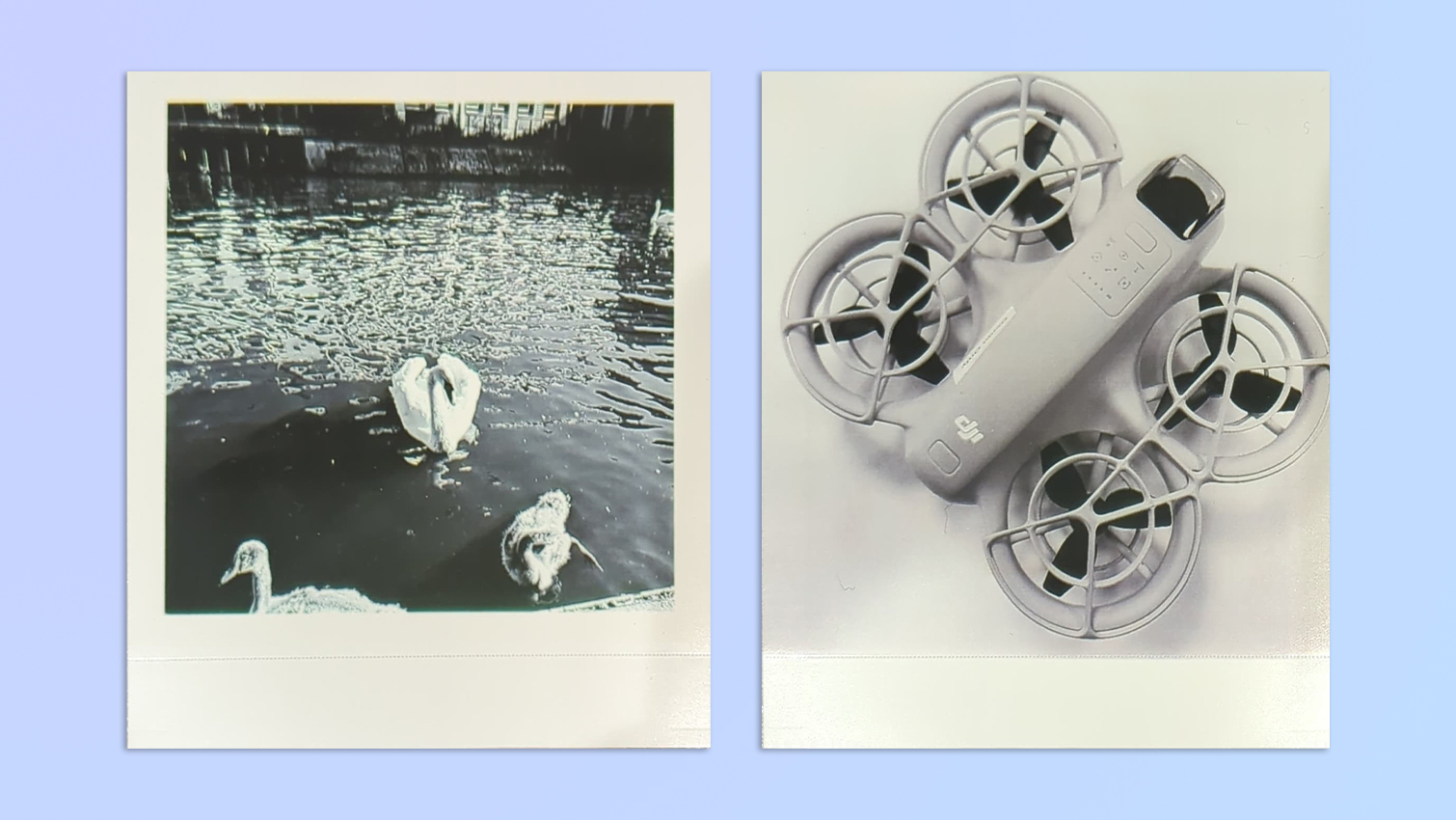
But the monochromatic filter is the real winner here — when shooting both indoors and outdoors. The photo of the swan and signets above was shot using this filter, and I love how detailed the birds are. The ripples on the water’s surface are sharp too. The second photo of the DJI Neo was shot indoors, and all the lines are easily distinguishable and sharp.
Kodak Mini Shot 3 Era review: App
Kodak Photo Printer, available on iOS and Android, allows you to print from your smartphone. It’s easy to connect the Kodak Mini Shot 3 Era via Bluetooth. You can then select the photo you want to print, edit it, choose the number of copies, add borders, and print it. It takes about 60 seconds for the print to eject.
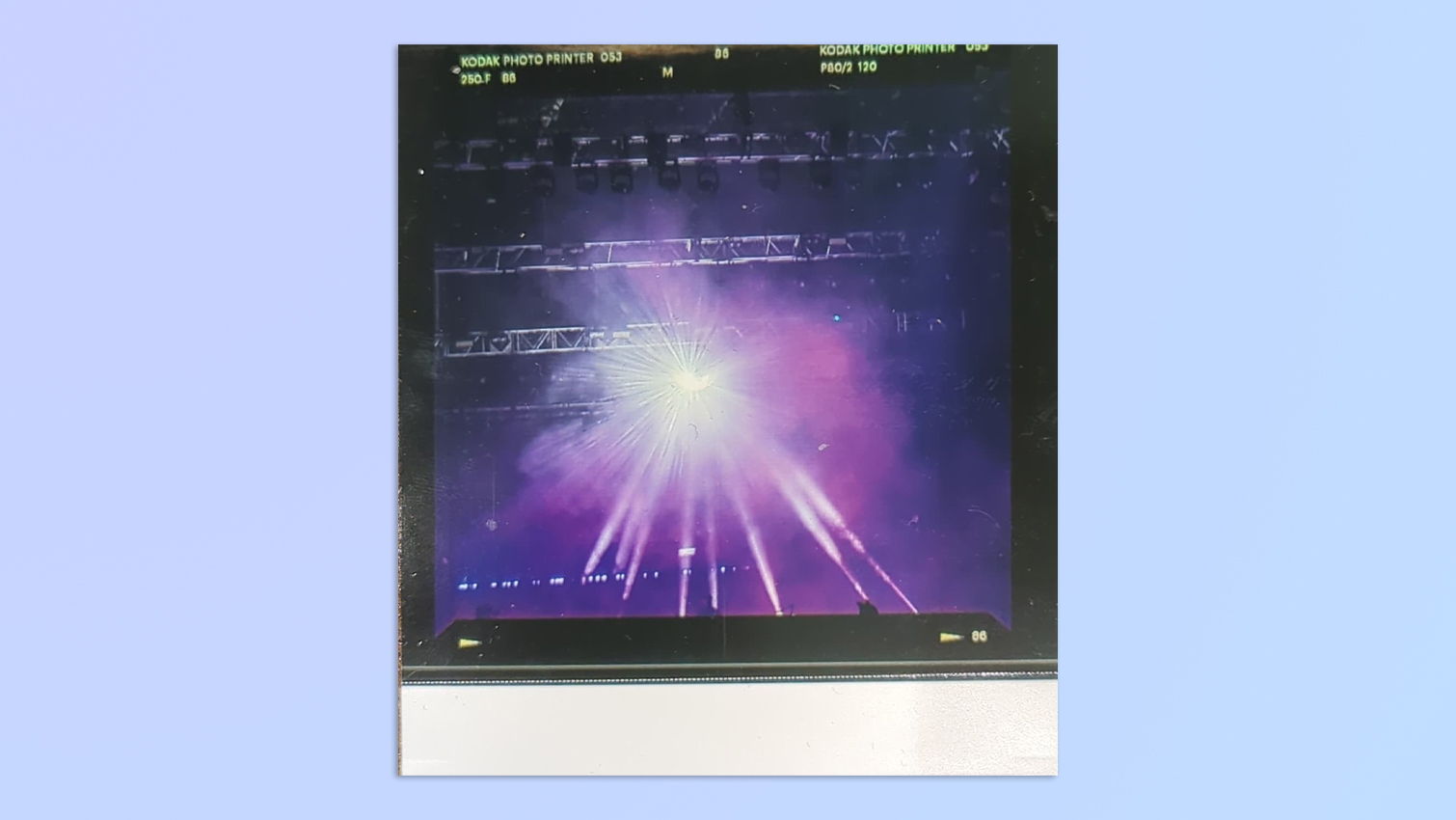
The photo of the disco ball was taken on my Google Pixel 7 Pro and while the Mini Shot 3 Era has slightly reduced the quality, the purple still looks lovely as do the rays of light bouncing off the disco ball.
Kodak Mini Shot 3 Era review: Film cost & yield
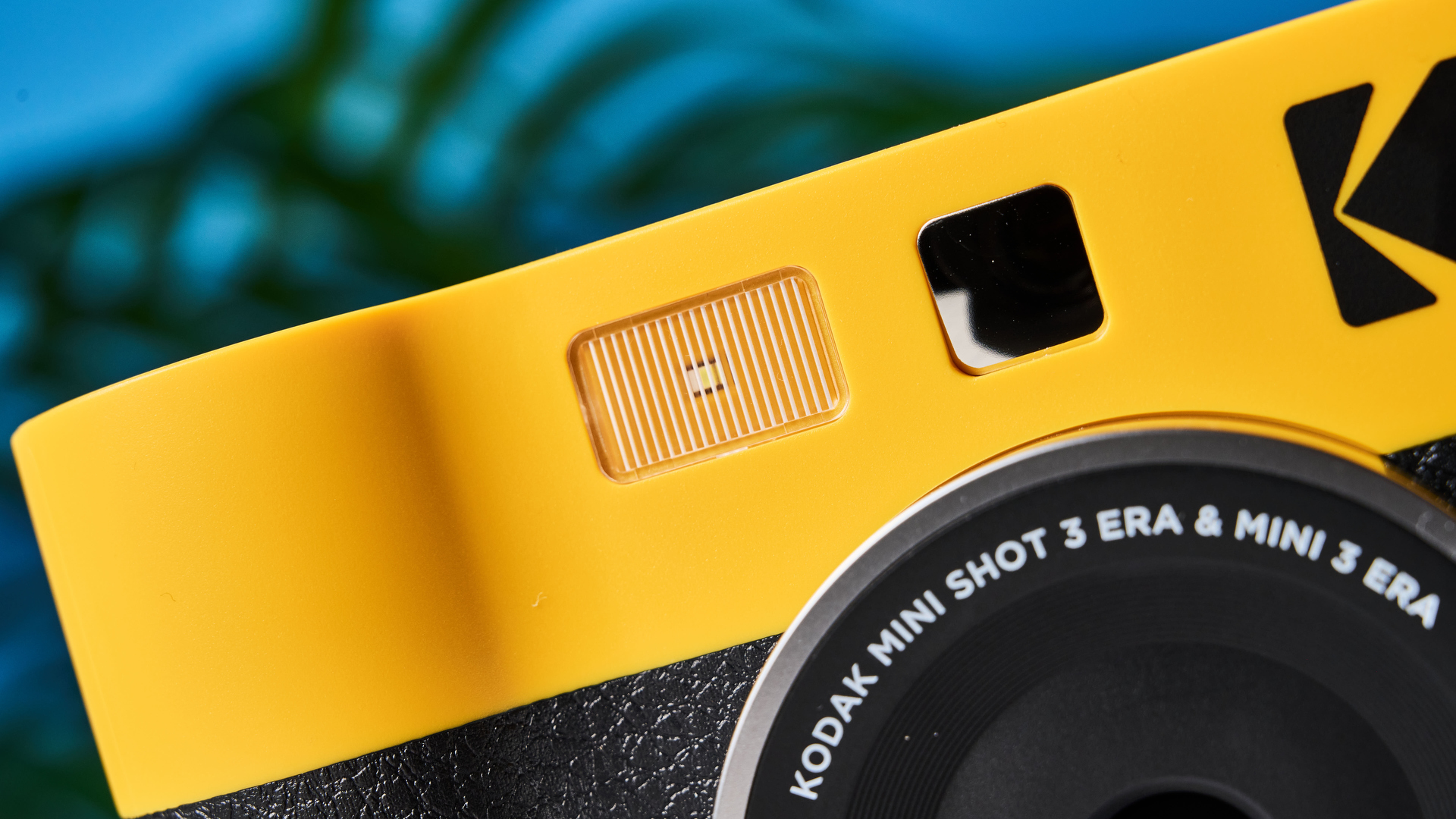
The Kodak Mini Shot 3 Era uses Kodak 4PASS 3x3 cartridge and paper, with one cartridge capable of printing eight photos. The prints are automatically laminated, and Kodak claims they are water-resistant. I ran a print under a tap and no harm came to it. A pack of 60 sheets will cost you $17 / £17 which, as I said for the Mini Shot 4 Era, is great value for money. The closest paper is Canon Zink paper, 50 sheets of which cost $29 / £26.
Kodak Mini Shot 3 Era review: Battery life
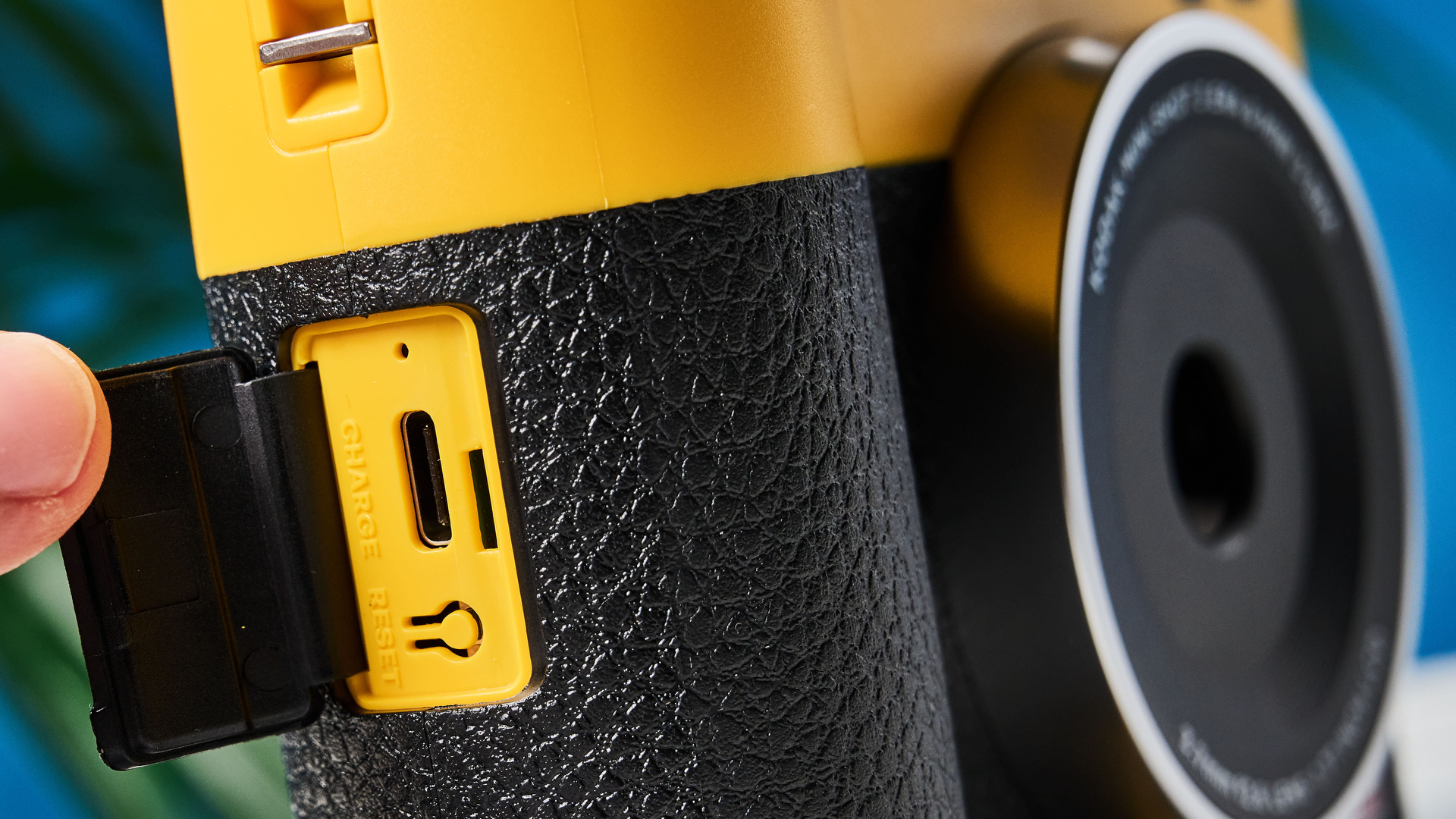
Similar to the Kodak Mini Shot 4 Era, the Mini Shot 3 Era is equipped with a rechargeable Lithium-ion battery which takes up to 90 minutes to go from zero to 100%. It comes with a USB-C charging port. A single charge will last you about 20 prints — depending on shooting conditions — as proven in testing.
The battery life isn’t incredible, especially compared to the Fujifilm Instax Wide 400 which can run for up to 100 shots — but Fujifilm’s offering uses disposable batteries, which is less than ideal.
Kodak Mini Shot 3 Era review: Verdict
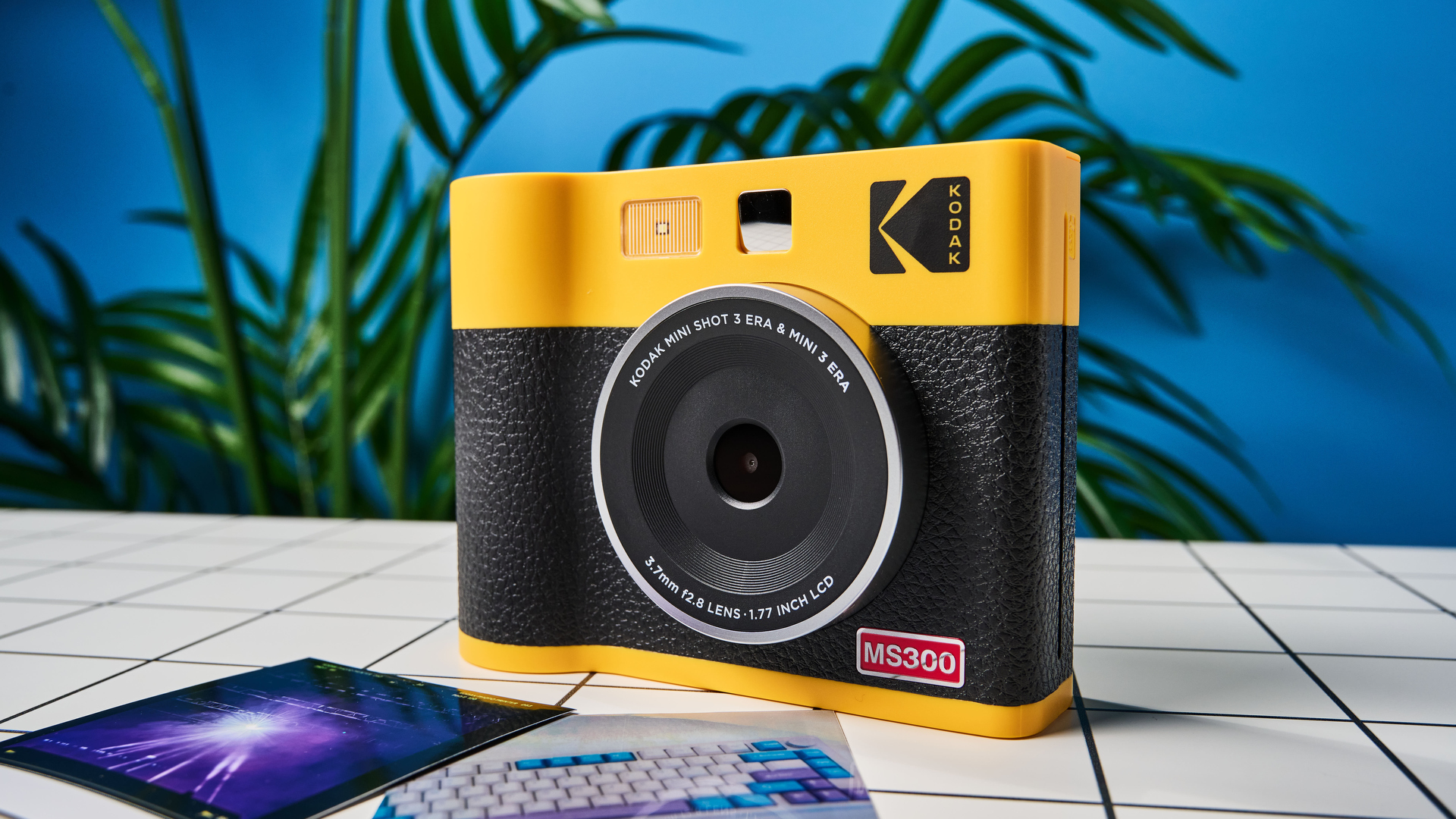
Starting at $169 with 60 sheets of paper costing just $17, the Kodak Mini Shot 3 Era lets you print photos from its built-in camera or directly from your smartphone. It takes great black and white photos, and thanks to the straightforward controls, it can be used by anyone. It also features autofocus and face detection.
So why am I not shouting about it from the rooftops? Unfortunately, there were multiple instances during testing where the camera shut down while warming up, which meant that I lost the photo I’d taken. Additionally, the camera feels cheap to hold and the cartridge tray doesn’t lock in place. The print quality is also underwhelming, with lots of noise, and it even paled in comparison to the cheaper Mini Shot 2 Retro.
This is a difficult camera to recommend. If you’re on the hunt for a 2-in-1 instant camera and printer, I’d recommend the Mini Shot 2 Retro and the Fujifilm Instax mini LiPlay instead — trust me, you’ll get your money’s worth from them.
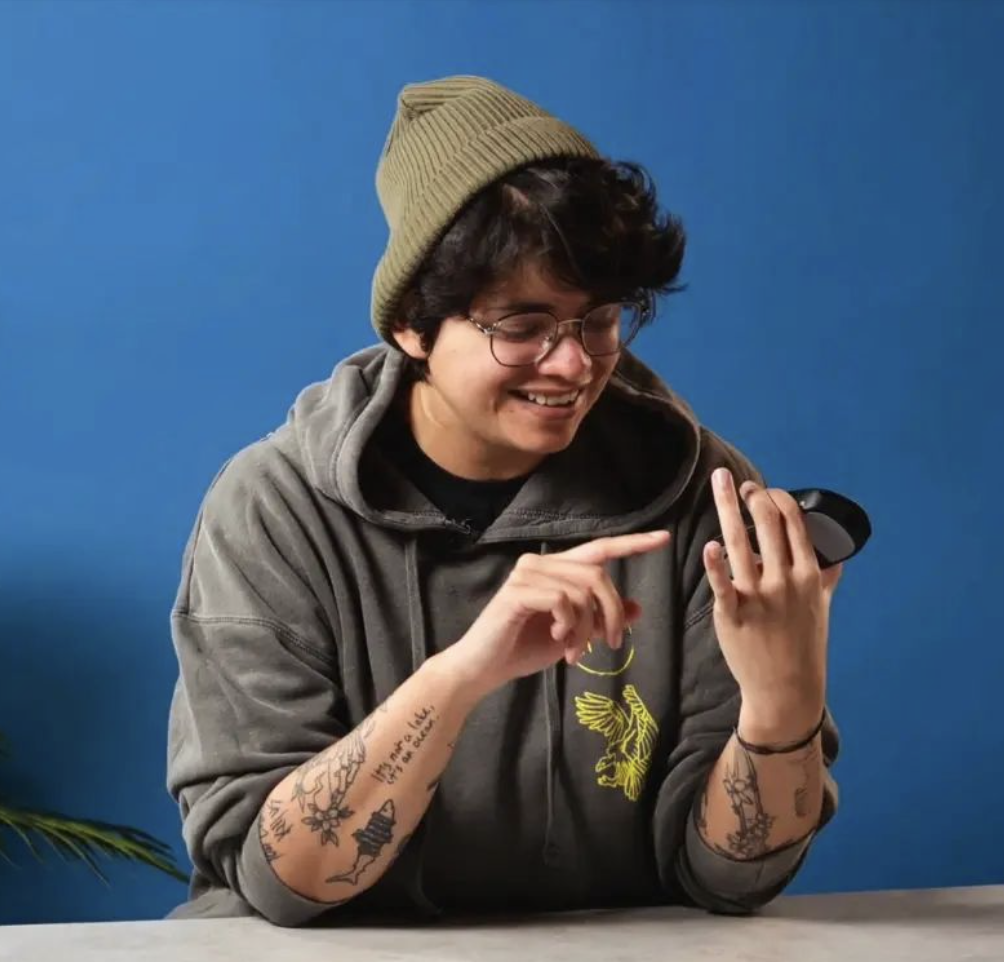
Nikita is a Staff Writer on the Reviews team at Tom's Guide. She's a lifelong gaming and photography enthusiast, always on the lookout for the latest tech. Having worked as a Sub Editor and Writer for Canon EMEA, she has interviewed photographers from all over the world and working in different genres. When she’s not working, Nikita can usually be found sinking hours into RPGs on her PS5, flying a drone (she's a licensed drone pilot), at a concert, or watching F1. Her work has appeared in several publications including Motor Sport Magazine, NME, Marriott Bonvoy, The Independent, and Metro.
